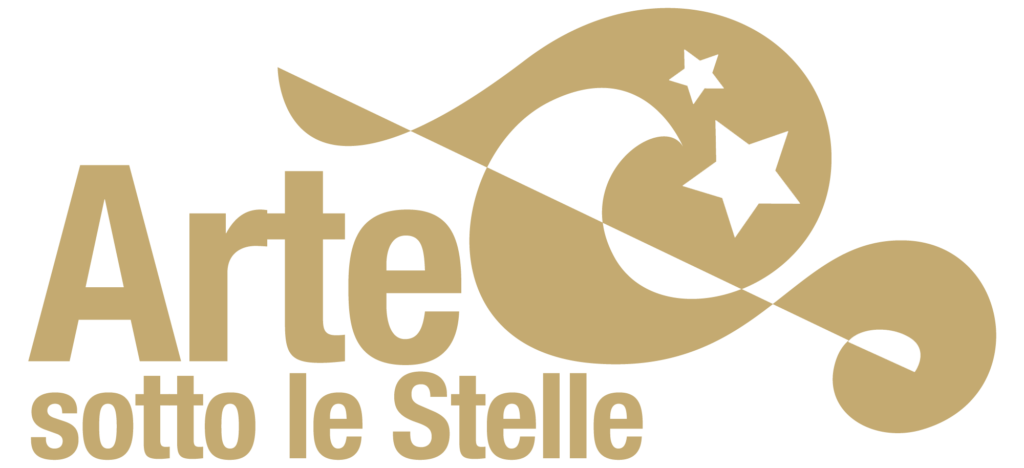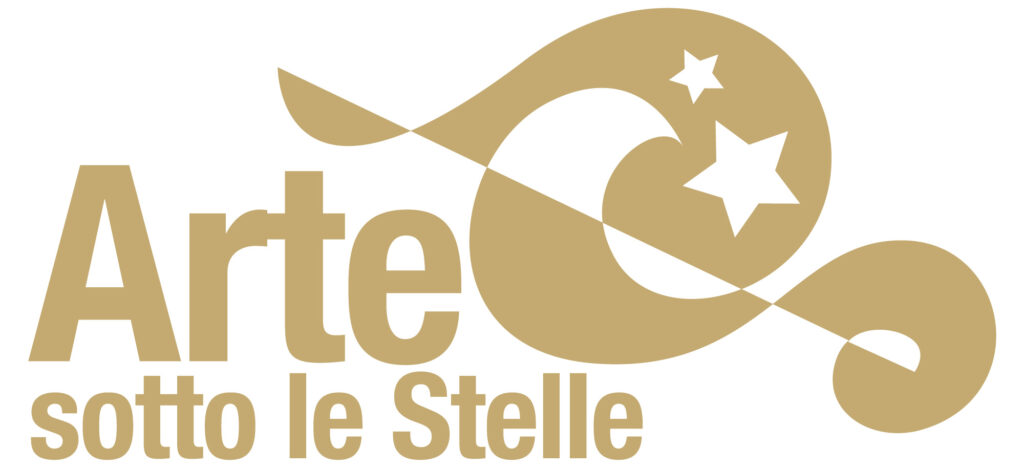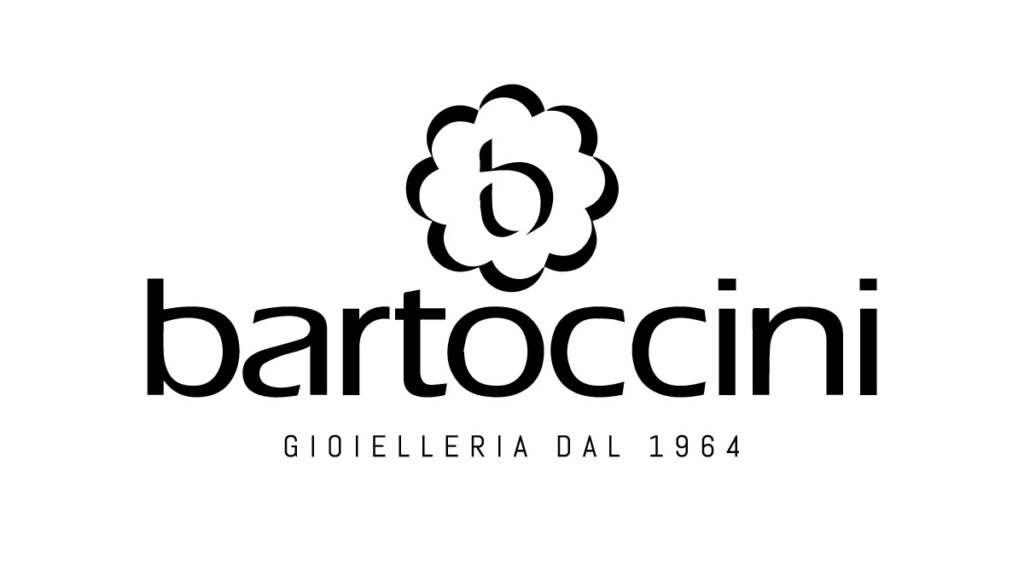Crucifixion – Church of Sant’Agostino – Siena
The subject to be represented, according to the client’s dispositions, was a Crucifixion with seven saints and the Virgin.
The figure of Jesus, who is crucified on the cross, stands out on a clouded sky, where sun and moon appear together, referring to the obscuration of the sky as narrated in the Gospel story of the death of Christ. On the sides of the Crucifix, four cherubim float in the air while two angels collect, inside thin cups, the blood that flowing from Jesus’ hands, pierced by nails. At the top of the cross, the pelican’s nest alludes to a famous Christian symbol referring to the Eucharist: like the pelican, who draws from his own flesh to feed his little ones, so Christ gives himself to humanity in the sacrament of the Eucharist.
In the lower register of the painting, on a countryside background, eight figures are grieving: the Virgin Mary and Saint John the Evangelist are standing on the sides of the cross, while Mary Magdalene and Mary of Cleophas are on their knees, the latter with her hands united in prayer. On the far left appear St Monica and St Augustine, with their gaze sadly turned to Christ, while on the right St John the Baptist and St Jerome in the guise of penitent.
The work is the only one by Perugino preserved in Siena. It was realized during his mature artistic phase: rather than trying to impress with an original and dynamic composition, Perugino preferred to focus on the quality of an impeccable execution. The design is very precise and every detail shows great care, such as in the draperies and the material rendering of the garments and of certain details, as the beautiful piviale of Saint Augustine, reminiscent of the velvet grilled typical at the time.
The painting is preserved at the Church of Sant’Agostino in Siena.










